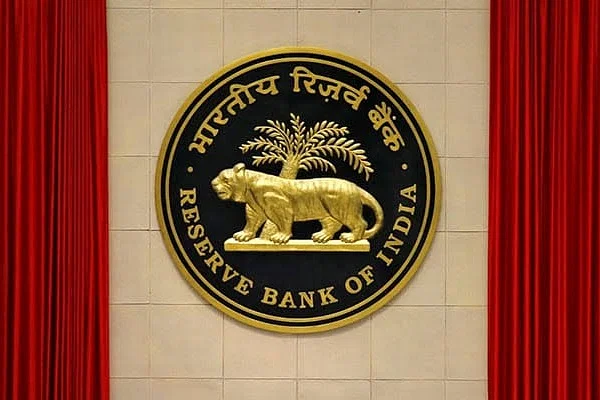The Reserve Bank of India (RBI) has issued a clear message: the ₹2,000 denomination banknote will no longer hold any monetary value after September 30, 2023, if it is not exchanged at a bank. This clarification from the RBI comes on the heels of reports suggesting a potential extension of the deadline for returning these notes until the end of October.
Here’s what you need to know about the status of ₹2,000 banknotes and the exchange process:
Withdrawal of ₹2,000 Notes: On May 19, 2023, the RBI decided to withdraw ₹2,000 denomination banknotes from circulation, although they would continue to remain as legal tender. The move was part of the central bank’s monetary policy decisions.
Four-Month Grace Period: The RBI provided a grace period of nearly four months for individuals to deposit or exchange ₹2,000 notes. The initial deadline given by the RBI for these transactions was September 30, 2023.
Exchange and Deposit Locations: Individuals have the option to exchange or deposit their ₹2,000 notes at their nearest bank branch or regional branches of the RBI. It’s important to note that even non-account holders can exchange ₹2,000 banknotes, up to a limit of ₹20,000 at a time, at any bank branch.
Transactions Post-Deadline: After September 30, 2023, ₹2,000 notes will continue to be considered legal tender, meaning they are officially recognized currency. However, they will not be accepted for day-to-day transactional purposes. Instead, they can only be exchanged directly with the RBI.
Return Statistics: As of September 2, 2023, the RBI reported that approximately 93 percent of the ₹2,000 banknotes that were in circulation on May 19 had been returned to banks. These notes were largely deposited or exchanged.
Current Circulation: While a significant portion of ₹2,000 notes has been returned to banks, there is still an estimated 240 billion rupees (approximately $2.9 billion) worth of these notes in circulation. As of September 1, 2023, approximately 7 percent of the ₹2,000 notes remained in circulation, according to a Bloomberg report.
Initial Purpose: The ₹2,000 denomination banknote was introduced in November 2016, primarily to address the immediate currency needs of the economy following the withdrawal of the legal tender status of all ₹500 and ₹1,000 banknotes in circulation at that time.
Discontinuation of Printing: The RBI stopped printing ₹2,000 banknotes in the fiscal year 2018-19 after the objective of introducing them was fulfilled. As banknotes in other denominations became readily available, the need for ₹2,000 notes decreased.
It’s essential for individuals holding ₹2,000 banknotes to be aware of the approaching deadline and the implications of not exchanging or depositing them in time. While these notes will remain legally recognized currency after September 30, they will not be suitable for everyday transactions and can only be exchanged directly with the RBI.
The decision to withdraw and eventually phase out the ₹2,000 denomination banknote was part of the RBI’s broader monetary policy strategy, reflecting changes in the country’s currency requirements and the availability of alternative denominations. As the deadline approaches, individuals are encouraged to take the necessary steps to exchange or deposit these notes to avoid any inconvenience.
